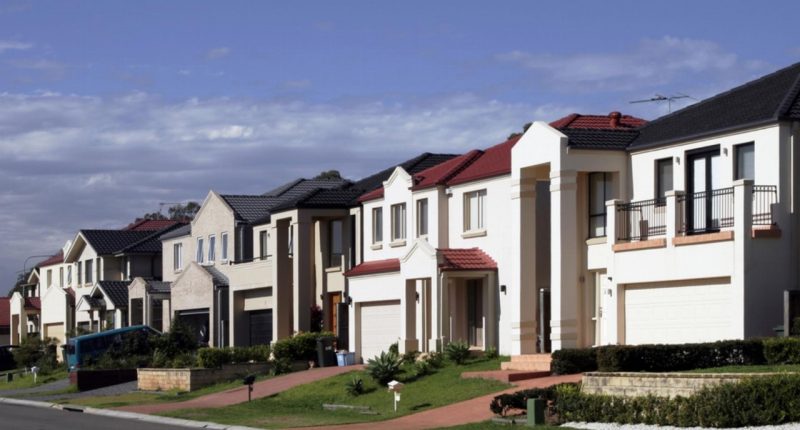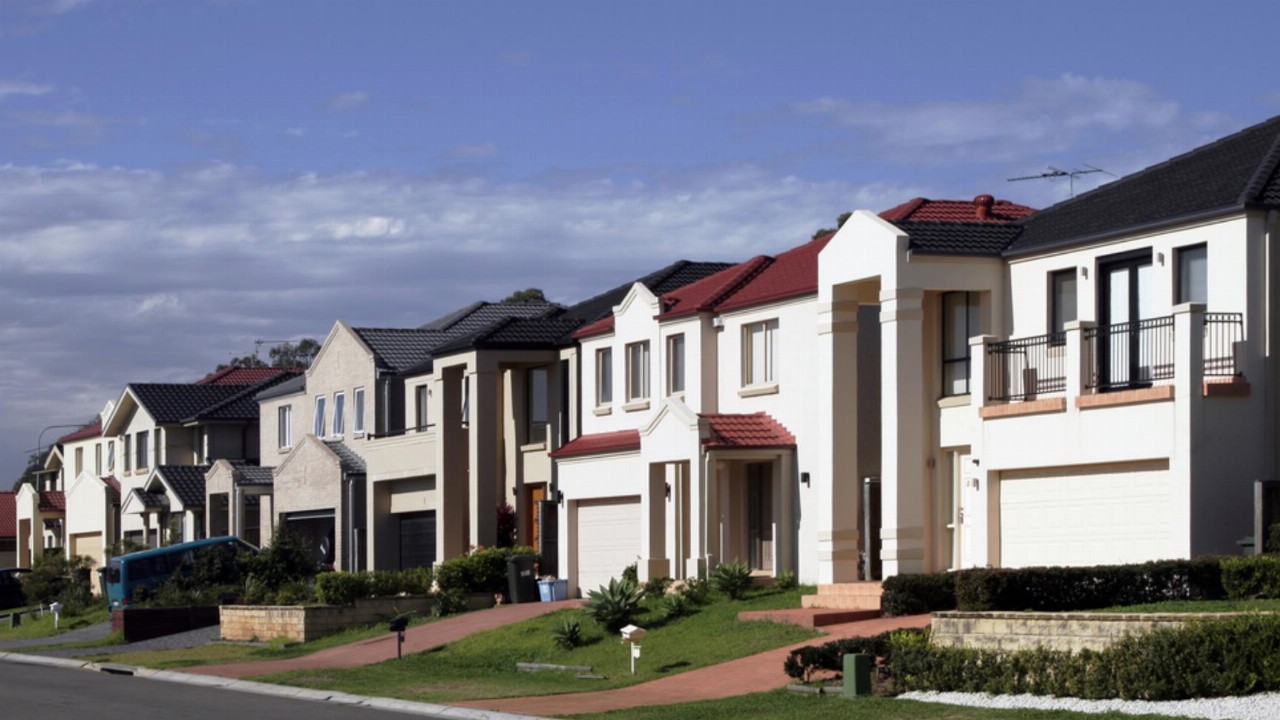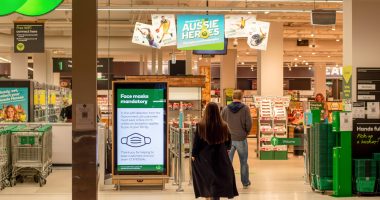- Australian home prices rose by 1.5 per cent in October, mirroring the gains achieved in August and September
- According to CoreLogic, the national monthly growth rate slowed to 1.49 per cent in October, down from 1.51 per cent the previous month, a continuation of easing growth
- Downside risk builds with decreasing affordability and increased supply, chance of additional tightening in lending policy, and the probability of an early rate hike
- Nationally, property prices are up 21.6 per cent year-on-year to October, with half of the capitals experiencing yearly growth rates of more than 20 per cent
- Unit markets have usually continued to develop at a slower rate than houses, with this pattern most visible in yearly CoreLogic statistics
Australian house prices increased by 1.5 per cent in October, matching the gains seen in August and September.
According to CoreLogic, the national monthly growth rate slowed to 1.49 per cent in October, down from 1.51 per cent the previous month — a continuation of easing growth.
Regional markets have once again outperformed capital cities, with home prices rising 1.9 per cent in October compared to 1.4 per cent in capital cities.
Looking ahead, the housing sector’s downside risks are increasing, CoreLogic noted.
Along with decreasing affordability and increased supply, there is the chance of additional tightening in lending policy, and the probability of an early rate hike.
Although the overall growth rate in Australia has remained steady over the month, market conditions are beginning to vary throughout the country. Perth saw its first negative monthly result since June of last year, with values falling by 0.1 per cent.
On the opposite end of the scale, Brisbane has surpassed Sydney as the fastest growing market, with house prices rising 2.5 per cent in October.
Across the regional markets, New South Wales (2.1 per cent) and Queensland (1.9 per cent) led the rate of capital gains, while Western Australia was the only region to have a minor drop in house values (0.1 per cent).
Slowing growth circumstances, according to CoreLogic research director Tim Lawless, are a combination of decreasing home affordability, growing supply levels, and less stimulus.
“Housing prices continue to outpace wages by a ratio of about 12:1,” he said. “This is one of the reasons why first home buyers are becoming a progressively smaller component of housing demand.
“New listings have surged by 47 per cent since the recent low in September and housing focused stimulus such as HomeBuilder and stamp duty concessions have now expired.
“Combining these factors with the subtle tightening of credit assessments set for November 1, and it’s highly likely the housing market will continue to gradually lose momentum.”
Although the monthly rate of growth is slowing, the yearly trend has continued to climb, reflecting the stronger growth circumstances expected in early 2021.
Nationally, property prices are up 21.6 per cent over the 12 months to October, with half of the capitals experiencing yearly growth rates of more than 20 per cent.
Unit markets have usually continued to develop at a slower rate than houses, with this pattern most visible in yearly CoreLogic statistics.
Sydney home values are up 30.4 per cent year on year, compared to a 13.6 per cent increase in unit values, while Melbourne house values are up 19.5 per cent year on year, compared to a 9.2 per cent increase in unit values.
This tendency is less noticeable in Australia’s remote locations, where the performance difference between homes and units is quite minor, the report noted.
“As housing becomes less affordable, we expect to see more demand deflected towards the higher density sectors of the market, especially in Sydney where the gap between the median house and unit value is now close to $500,000,” Mr Lawless said.
“With investors becoming a larger component of new housing finance, we may see more demand flowing into medium to high density properties. Investor demand across the unit sector could be bolstered as overseas borders open, which is likely to have a positive impact on rental demand, especially across inner city unit precincts.”







